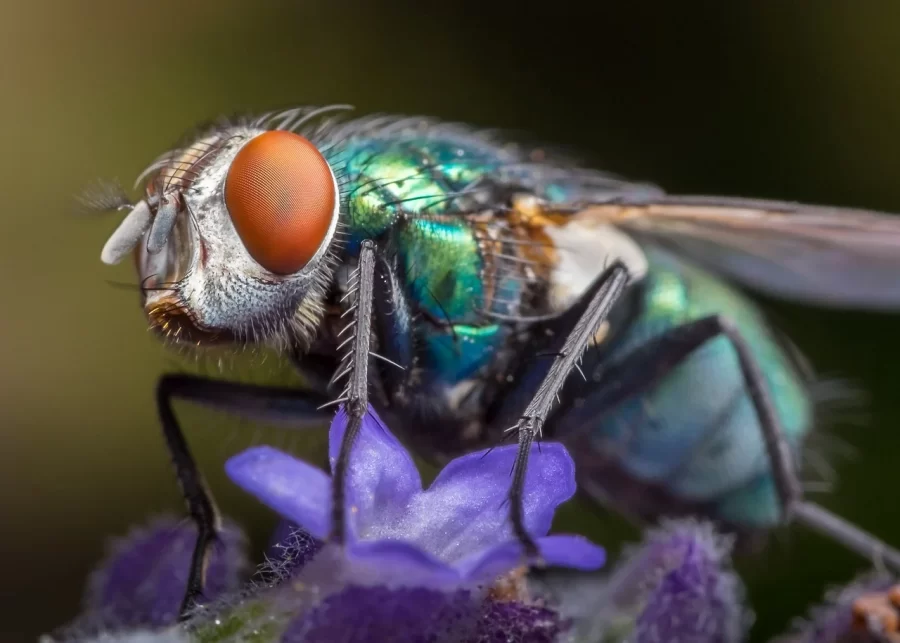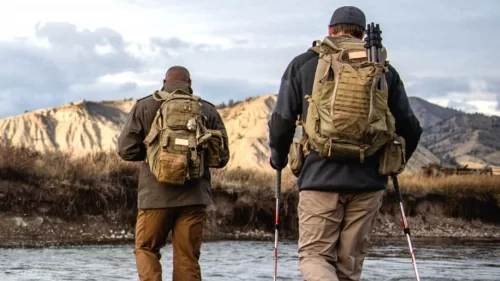Every skilled and well-versed angler understands that the fly type determines the species, number, and weight of fish you will catch. Because live insects are challenging to snare, many anglers opt for the Parachute Adams fly, which imitates insects like duns, mayflies, caddies, and mosquitoes.
These dry flies are universal tools for anglers fishing in multiple waters and diverse water conditions. Everybody can utilize Adams flies for their fishing exercises, but only the most knowledgeable anglers can leverage the reliability and versatility of these flies to maximize their catch.
Are you planning a trip to your favorite fly-fishing spot? These five tips will help you turn it into a profitable expedition.
1. Match the Hatch
Do you know every fishing spot has its unique insect species? These insects have distinctive characteristics that tell them apart. The most exciting part is that the fish therein have adapted to hunting those insects and can identify and attack them. The most effective technique to maximize your catch is to buy dry flies with the same characteristics as the insects on and around the target water body.
Study the fishing body you want to target to familiarize yourself with the insects therein. You want to match the parachute Adams fly with the color and size of those insects. Every professional understands that the first few attempts should yield attempts. They change the fly size when that fails. Parachute Adams come in sizes ranging from #08 to #22, providing many options to experiment with.
2. Carefully Choose Your Tippet
A tippet is an undetectable line in a fly-fishing leader that holds your fly and supports its natural movement and floating. It is an integral feature of the leader that can extend its lifestyle and length.
You want a fine tippet, in 5x and 7x, to let the fly float on your water surface. Its invisibility depends on the fineness. Finer tippets are less visible, which provides better striking opportunities. Also, finer tippets offer less water resistance and help the fly maintain a natural drift. That is helpful when targeting cautious fish in clear waters.
Choose a longer tippet to separate your fly from the thicker ones and make the leader more visible. It helps give your presentation a more natural and subtle look, enabling you to maximize your catch in slow-moving and clear waters. Natural fly drifting fools the fish into thinking they are real insects, optimizing your catch potential.
3. Adapt to Changing Conditions
Fly-fishing with parachute Adams requires understanding the fishing conditions and changing your approach and presentation to maximize output. You want oversized Parachute Adams in windy conditions to enjoy more control and a better view of your targets. Visibility is low in water, which can impact your presentation and targeting abilities. Use a large fly visible even from afar to ensure you can successfully execute your strikes.
Larger flies are stable and heavier and usually land properly and stay afloat in choppy conditions. Choose more versatile flies to enjoy more success in slow and fast-moving waters. You want a longer tippet for more natural drifts. Tailor your presentation and casting techniques to the water type to make your Parachute Adams fly fishing experience more successful.
4. Upgrade Your Presentation
Presentation skills are integral for successful fly fishing excursions. Parachute Adams is indeed lightweight. Anglers should make gentle and smooth casts to lure the ideal catch. Delicate presentations mimic natural insect descents with more soft landings. Forceful casts often trigger water turbulence and gurgles, alarming the fish and impacting your striking success. You want to learn the art of smooth casts to achieve the subtlety required to fool and trap more fish.
Learn the art of making drag-free drifts in your presentations. You want the fly to drift naturally on the water’s surface, mimicking real insects. Unnatural movements and dragging create tension in the line, scaring the fish away. You should continually mend your line by adjusting its position on the water to offset the impact of current and prevent drag.
5. Leverage the Fly Visibility
One of the most intriguing features of the Parachute Adams is its visibility. It has an attractive hackle that is highly visible to the fish and the angler. The high visibility qualities enable you to track its drift across the water. Remember, your striking success depends on how well you can manage the fly and strike on time and explicitly. Monitoring your fly lets you adjust its drift and presentation to increase the potential of enticing fish to your trap.
Fish often take the fly gently, arousing the water and creating slight movements. You want to maintain focus on your fly to notice these subtle signs and respond to them promptly with a timely hook set. The attentiveness to the fly movement can make a significant difference in situations where fish are cautious in their feeding habits.
Wrapping Up
Do you plan on buying the Parachute Adams to supplement your fly-fishing executions? Study these tips for maximizing the efficiency and versatility of your flying experience. Start by choosing the best Parachute Adams that matches the color, shape, and species of insects. Choose a fly with a finer tippet and change your fly presentations to match the changing fishing conditions.









